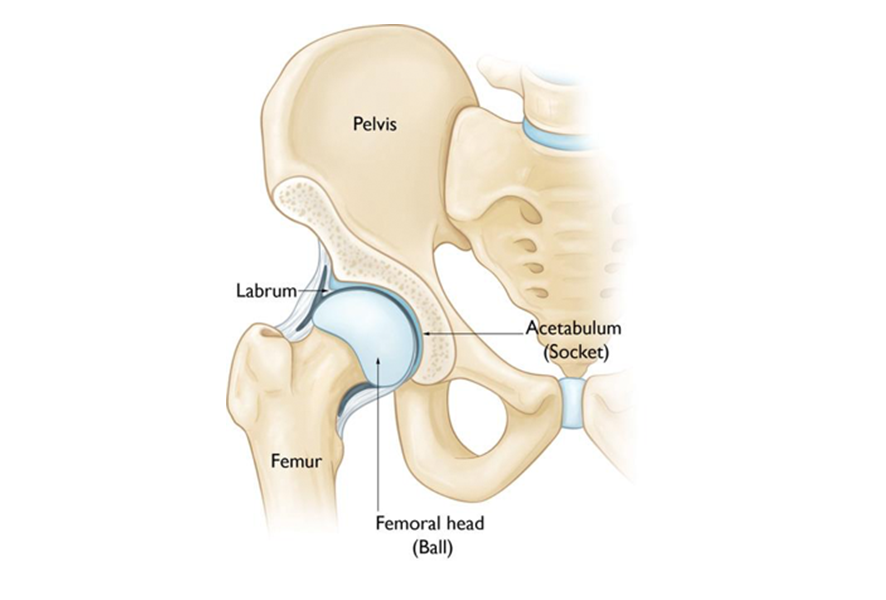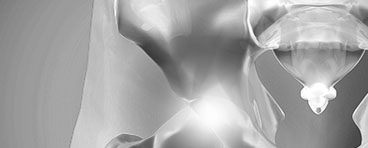Click on the links below to find out more
Femoroacetabular Impingement (FAI)
OVERVIEW
Femoroacetabular impingement (FAI) is a condition in which extra bone develops along one or both of the bones that form the hip joint. Because they do not fit together perfectly, the bones rub against each other during movement. Over time this friction can damage the joint, causing pain and limiting activity.
ANATOMY
The hip is a complex ball-and-socket joint. The socket is formed by the acetabulum, which is part of the large pelvic bone. The ball is the femoral head, which is the upper end of the femur (thighbone). It is also supported by strong ligaments and a tough joint capsule which assist with movement and stability.
Articular cartilage covers the surface of the ball and the socket. It creates a smooth surface that helps the bones glide easily across each other during movement.
The acetabulum is ringed by tough fibrous cartilage called the labrum. The labrum is triangular in cross section (see the image at right). The labrum forms a gasket around the socket, creating a tight seal and helping to provide stability to the joint. It is critical for the hip to function correctly that this seal creates a suction effect. In FAI this seal may be disrupted, either due to altered movement of the hip bones, or tearing of the labrum (seal).

In a healthy hip, the femoral head fits perfectly into the acetabulum.
In FAI there is abnormal contact of the femoral head and acetabulum, which can cause tearing of the labrum and cartilage, which can cause hip pain.

Dr David Slattery
FRACS MBBS (Hons) LLB FAOrthA
Dr David Slattery is an orthopaedic surgeon based in Melbourne with over 10 years of experience, with a special focus on hip and knee joint preservation and replacement. With qualifications in both medicine and law, he brings a unique and comprehensive approach to patient care. His surgical techniques are minimally invasive and evidence-based, designed to reduce pain and enhance recovery.
Trained in leading institutions across Europe and the USA, Dr Slattery offers advanced treatments for a wide range of joint conditions. He is deeply committed to patient outcomes and takes pride in tailoring treatment plans to each individual. Whether you’re an athlete or seeking relief from chronic joint pain, his goal is to restore function and improve your quality of life.







